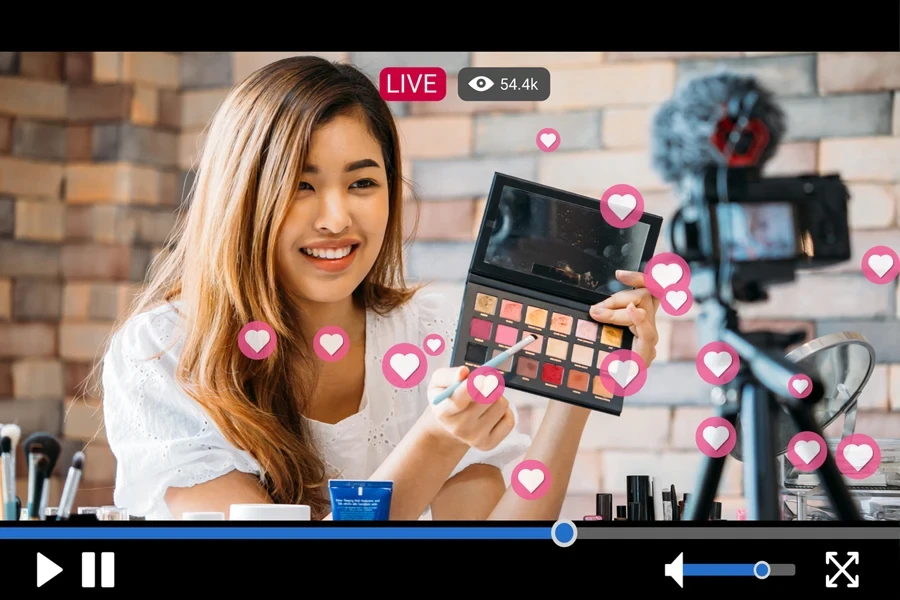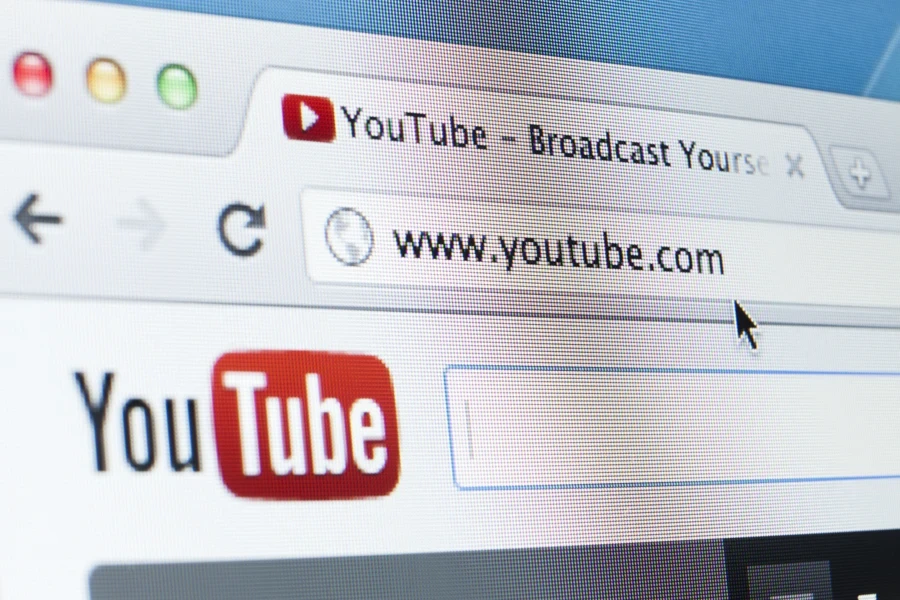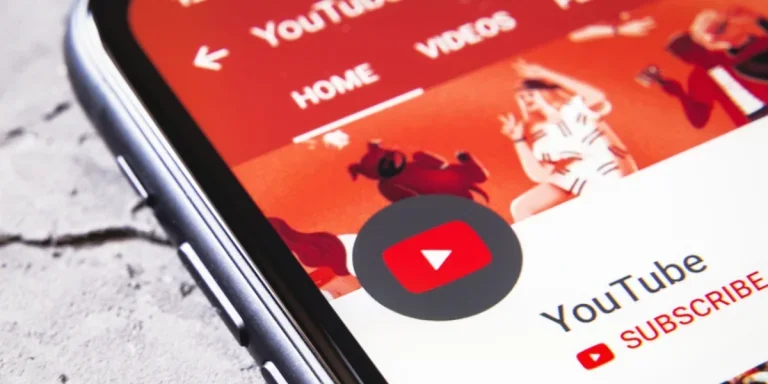Every YouTuber dreams of making money from their content. Whether it’s travel vlogs, tech reviews, or educational videos, monetizing a channel can turn a hobby into a full-time income stream.
But here’s the reality: not all YouTube views are worth the same amount of money. That’s where CPM (Cost Per Mille) comes in—the metric determining how much advertisers are willing to pay for every 1,000 ad views on videos. Some niches, like finance and business, have sky-high CPMs, while others, like gaming and entertainment, pay far less.
And if your audience is in the U.S. or Australia, YouTubers will likely make more than someone targeting viewers in India or Brazil. So, while YouTubers can’t control what advertisers are willing to pay, they can get better ad revenue if they understand how YouTube CPM works. This article will explain everything.
Table of Contents
What is YouTube CPM?
Types of CPM on YouTube
How to calculate YouTube CPM
How does YouTube CPM affect creators?
What factors influence YouTube CPM rates?
How to increase YouTube CPM
1. Pick a niche with a higher CPM
2. Target countries with strong CPM rates
3. Leverage analytics and optimize content
4. Create advertiser-friendly content
YouTube’s monetization policies and CPM
In conclusion
What is YouTube CPM?

CPM stands for Cost Per Mille (mille = 1,000), and on YouTube, it refers to how much advertisers are willing to pay for every 1,000 monetized views of their ads on videos. For example, if an advertiser pays US $30 for a video ad that receives 5,000 views, the CPM would be US $6.
This metric differs from RPM (revenue per mille), which YouTubers earn after YouTube takes its cut. CPM is what advertisers pay, while RPM is what you take home.
Types of CPM on YouTube
Although YouTube’s ad revenue analytics show creators many important metrics; they only need to focus on two for CPM earnings:
- Playback-based CPM: The cost per 1,000 views where YouTube played an ad. This is the more accurate reflection of an advertiser’s spending.
- Impression-based CPM: The general price advertisers are willing to pay for 1,000 ad impressions, regardless of whether YouTube shows it.
How to calculate YouTube CPM
Here’s the formula to help YouTubers calculate each one:
- Playback-based CPM = (total ad costs / total monetized playbacks) × 1,000
- Impression-based CPM = (total ad costs / total monetizable ad views) × 1000
For example, if advertisers spent US $500 on ads across 250,000 monetized ad views/playbacks, the impression-based CPM would be:
US $500 / 250,000 × 1000 = $2 CPM
A higher CPM means advertisers are paying more for your audience, directly affecting the YouTuber’s revenue potential. However, keep in mind that CPM only shows earnings before YouTube takes its share.
Creators will receive 55% of the ad revenue, while YouTube keeps the rest. Furthermore, not all views count toward earnings. For instance, repeat views and videos watched for less than 30 seconds don’t qualify. Hence, the total view count may not be what generates revenue.
How does YouTube CPM affect creators?

CPM plays a massive role in determining how much money YouTubers can make. If two creators have the same number of views, but one has a US $15 CPM and the other has a US $3 CPM, the first creator will make 5x more money from the same content.
However, remember that creators will only receive 55% of the ad revenue. So, let’s break down what each creator will earn. Here’s the formula:
Creator pay = [(total number of eligible ad views/1,000) × CPM] × .55
If the creators get 100,000 eligible views, the first one’s CPM would be:
(100,000/1000) × US $15 = $1,500
So, the first creator will earn US $825 (55%), while YouTube will take US $625. Here’s a look at the second creator’s earnings:
(100,000/1000) × $3 = $300
The second creator will keep US $165 of the CPM, while YouTube keeps the rest. Remember that creators can’t control CPM, so it’s a game of chance. However, if they have a lower CPM, YouTubers will need way more monetizable views to make decent money. That’s why understanding how CPM works is key.
What factors influence YouTube CPM rates?

Not all ads have the same price. For this reason, a creator’s CPM depends on several factors:
- Niche: Advertisers pay a premium for finance, business, and tech content, while gaming or entertainment channels tend to have lower CPMs.
- Audience location: Advertisers bid more for views from wealthier countries where people have higher spending power. For example, the US, Norway, Australia, and Switzerland have high CPM rates.
- Content format: YouTube shorts are not as profitable as long-form videos. They typically net around 2 to 15 cents CPM. Though if creators post a lot, it can add up quickly.
- Seasonality: CPM tends to spike during Q4 (October–December) because of Black Friday, Christmas, and holiday shopping. On the other hand, January has some of the lowest CPM rates because advertisers reset budgets after the holiday rush.
- Ad type: Skippable ads pay less due to lower CPM rates, while non-skippable, bumper, and mid-roll ads tend to have higher CPMs. Furthermore, longer watch time can increase CPM because YouTube can show more ads.
How to increase YouTube CPM

If creators want higher CPMs, they must position their channel in a way that attracts high-paying advertisers. Here’s how:
1. Pick a niche with a higher CPM
Finance, tech, legal, and business-related content commands higher CPM rates than entertainment and gaming. If you’re in a low-CPM niche, consider shifting your content strategy.
- Instead of “daily vlogs,” try entrepreneurship or finance vlogs.
- Instead of gaming content, focus on game business strategies.
Average YouTube CPM rates by industry
Here’s what recent data has to say about the CPM rates of different industries:
- Finance and digital marketing channels: up to US $36.36 CPM
- Educational channels: US $9.09
- Gaming channels: US $4.55
- How-to and style: US $6.36
- Music-related content: US $1.36
- Entertainment, pets, and animal channels see even lower rates.
2. Target countries with strong CPM rates
Earnings will be lower if the audience is mostly from lower CPM regions. Instead, use YouTube SEO and tags to attract views from high-CPM countries. Also create content in English to reach U.S. and U.K. audiences. For example:
- Create video titles in the target country’s primary language.
- Make videos about things related to the target country (like events, topics, or brands).
- Want a broader reach? Upload videos using translation tools or in multiple languages.
3. Leverage analytics and optimize content
YouTube’s analytics give a lot of helpful information under the “Revenue” tab, like the following:
- Ad revenue
- Estimated monetized playbacks
- Total estimated revenue (including Superchat, channel memberships, and YouTube Premium)
Monitoring these metrics will help creators to:
- Track any changes.
- Know the baseline CPM.
- Find what works and stick to it or improve it.
4. Create advertiser-friendly content
Advertisers avoid controversial, explicit, or “edgy” videos. If YouTube flags a creator’s content as “limited ads,” their CPM will tank. Here’s what to do:
- Keep your content family-friendly (no dangerous or harmful acts, demeaning or derogatory content, and drug-related content).
- Avoid excessive swearing or sensitive topics.
- Enable mid-roll ads (for videos over 8 minutes) to increase ad revenue.
YouTube’s monetization policies and CPM

YouTubers can only earn from CPM if they’re part of the YouTube Partner Program (YPP). To qualify, they need:
- 1,000+ subscribers
- 4,000 watch hours in the past 12 months OR 10 million Shorts views in 90 days
- No major policy violations
- A connected AdSense account
Even within YPP, a creator’’s CPM earnings depend on YouTube’s advertising policies. Advertisers won’t bid as high if the content isn’t advertiser-friendly.
In conclusion
CPM is one of the biggest factors determining how much content creators can make on YouTube. At the end of the day, YouTube monetization isn’t only about views but also about maximizing CPM. The more creators understand how ad revenue works, the better they can optimize your channel and increase your earnings. Keep the following in mind:
📌 If you’re in a high-CPM niche with an audience in the U.S. or U.K., you’ll make far more per 1,000 views.
📌 If your CPM is low, focus on tweaking your niche, targeting high-CPM countries, and making advertiser-friendly content.




